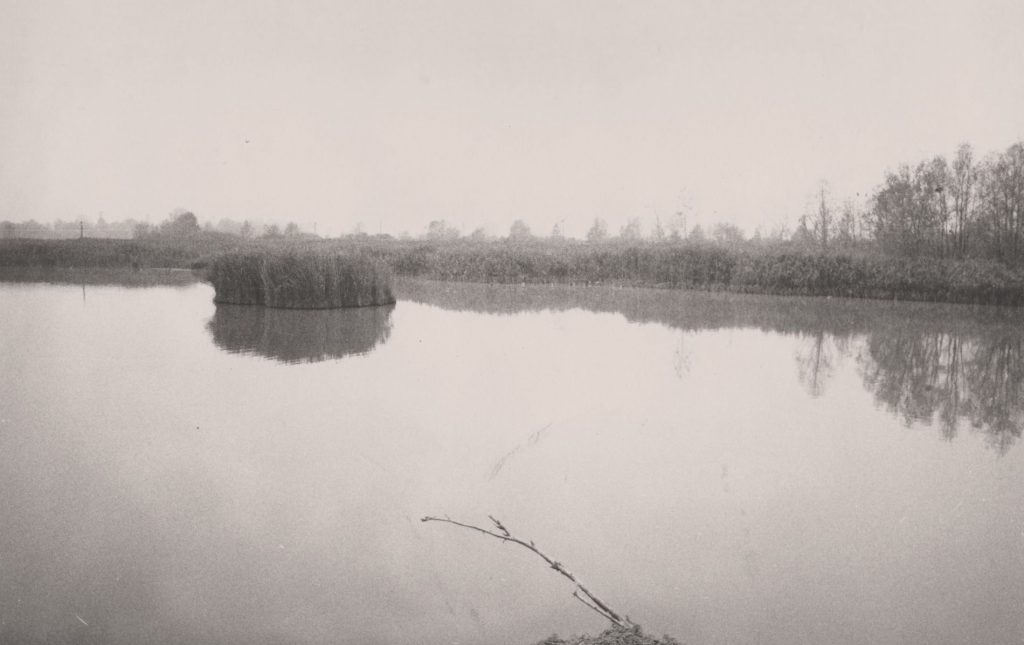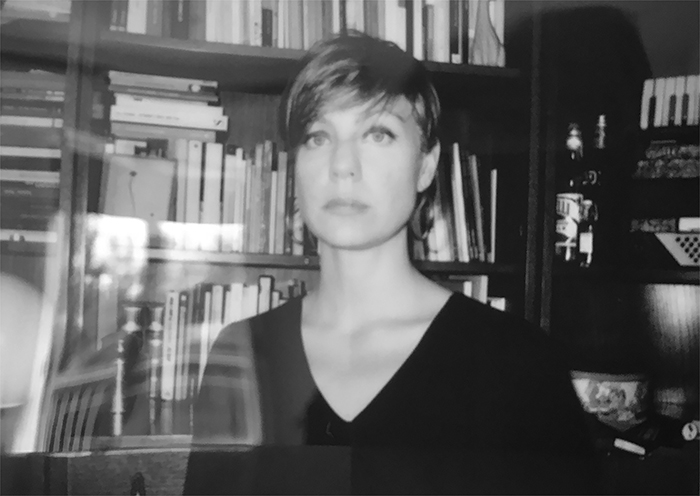FIUME
Elsa Mengoli disappears in Bologna on May 11, 1972. She is wearing “a brown skirt and a gray shirt”. On the same day the body was spotted in the Navile canal and then in the Rhine river. It seems elusive: for a week the search for the body is vain.
After eight days of travel through the Po Valley the body stops itself spontaneously, yet in another province, under the Traghetto’s Bridge in Santa Maria Codifiume, in the Ferrara countryside. It is identified by the wedding ring and a dress shred: she’s Elsa Mengoli “the mother of 3 children who committed suicide into the Rhine”.
At the Newspaper Library Archiginnasio of Bologna I tracked down the four original articles from “Il Resto del Carlino” describing the event in detail. Therefore I was able to recreate, map and interpret the same journey that the body took before being found and buried, exploring for the last time the same landscape she had “seen” 45 years ago, following the river’s banks.
Every shot is related to its latitude and longitude: the path is traceable and repeatable. When I appear in the photographs (some of them are self-portraits) I0m wearing the clothes she had on the day of the disappearance and a white shawl. Elsa stitched it in the 60s for her daughter Edda, who was the 11 years old.
I have it because Edda is my mother.
Project presented in Giovane Fotografia Italiana #04 | SIDEWAYS

© Valentina D'Accardi
© Valentina D'Accardi
© Valentina D'Accardi
© Valentina D'Accardi
© Valentina D'Accardi

BIO
VALENTINA D’ACCARDI
Bologna, 1985)
Her research relates the threshold among the object and its emanation. Addressing the relationship between human and non-human not as synthetic and peaceful coexistence, but as a “state of impermanence”, she investigates the virtual and the actual agency of the object.
Informed by Speculative Realism, Queer Theory, and Anthropology, her practice starts from the analysis of data and materials connected to the mode of mass consumption, to the process of subjectivation and the religious ritual. By adopting a wide range of media, including photograph, video, and sculpture, she transcodes visual and formal property of the elements that she appropriate to renegotiate their function. Occluding and altering the normative qualities of materials, data, and rituals, she refers to them as “identity without essence”. This process of mimetic exacerbation acts to decontextualize and to abstract meanings, in order to extend and increase interpretative possibilities.
After careful manipulations, the artworks are arranged within environments atmospherically connoted. Placed in this ambiguous and weird milieu, they change the ontological condition of the object itself, while nevertheless retaining references to the original status of the latter. In this sense, the artwork objecthood becomes a tool to question the centrality of the subject and renegotiate the terms that define our presence in the world.
Following a non-anthropocentric perspective, her practice aims to conceive the non-human entities as a kind of hidden mirrors, something that exists despite us, but that can still speak about us.
